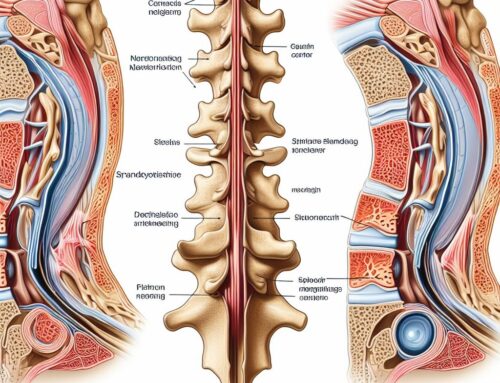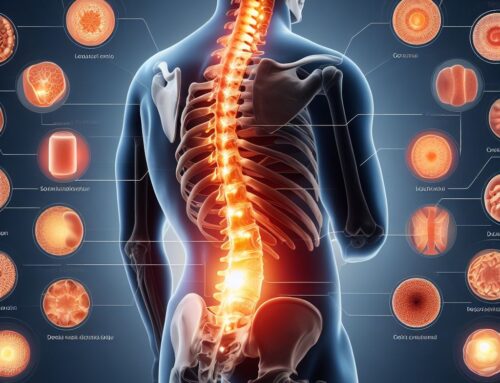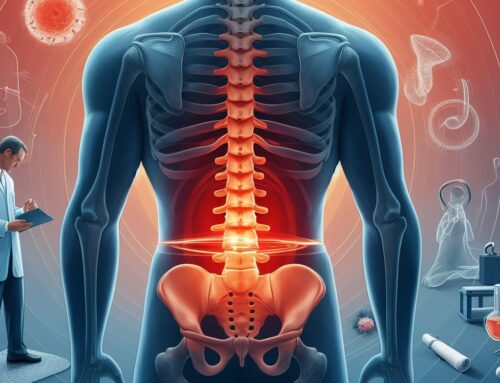Cervical spondylosis, a common age-related condition affecting the neck and upper spine, can bring about discomfort, stiffness, and reduced mobility. While surgery is an option in severe cases, many individuals find effective relief through non-surgical treatments. In this comprehensive guide, we’ll explore various non-surgical treatment options for Cervical spondylosis, empowering you with the knowledge to manage this condition without going under the knife.
Understanding Cervical Spondylosis and its Non-Surgical Management
Unraveling Cervical Spondylosis
Cervical spondylosis, also known as cervical osteoarthritis, occurs when the vertebrae and discs in the neck region degenerate over time. This degeneration can lead to various symptoms, including neck pain, stiffness, and, in some cases, nerve compression.
The Role of Non-Surgical Treatment
Non-surgical treatments aim to alleviate pain, improve function, and enhance the quality of life for individuals with cervical spondylosis. These approaches are typically the first line of defense and are considered before surgical options.
Exploring Non-Surgical Treatment Options
Pain Management
Medications
Non-prescription pain relievers like acetaminophen or non-steroidal anti-inflammatory drugs (NSAIDs) can be effective in reducing pain and inflammation. Prescription medications might be recommended for severe pain or muscle spasms.
Muscle Relaxants
Muscle relaxants can help alleviate muscle spasms associated with Cervical spondylosis, providing relief from pain and discomfort.
Physical Therapy
Neck Exercises
Physical therapists design customized exercise regimens to improve neck strength and flexibility. These exercises can help reduce pain, enhance posture, and prevent further degeneration.
Manual Therapy
Therapeutic techniques like manual manipulation, mobilization, and massage can help improve neck mobility and alleviate muscle tension.
Cervical Traction
Cervical traction involves the gentle stretching of the neck using a traction device. This method can relieve pressure on compressed nerves, reducing pain and promoting healing.
Heat and Cold Therapy
Heat Therapy
Applying heat to the affected area can relax muscles and increase blood flow, reducing pain and stiffness.
Cold Therapy
Cold packs can help reduce inflammation and numb the area, providing relief from pain and discomfort.
H2: Lifestyle Modifications
Ergonomics
Ergonomic adjustments in your workspace and daily habits can reduce strain on the neck. Using ergonomic chairs, maintaining proper posture, and taking regular breaks can be beneficial.
Neck Support
Using a cervical pillow or collar can provide additional support to the neck, especially during sleep or when sitting for extended periods.
Weight Management
Maintaining a healthy weight through diet and exercise can alleviate pressure on the neck and slow down the degeneration process.
The Road to Long-Term Relief and Prevention
Patience and Persistence
Non-surgical treatments for cervical spondylosis require time and consistency. It’s essential to adhere to the recommended treatment plan and communicate regularly with healthcare professionals to monitor progress.
Preventive Measures
Once symptoms are under control, maintaining a healthy lifestyle is key to preventing the condition from worsening. Regular exercise, good posture, and weight management play crucial roles in long-term management.
Conclusion: Navigating Non-Surgical Solutions
Cervical spondylosis need not be a life sentence of discomfort. Non-surgical treatments offer a multitude of effective strategies to manage pain, enhance mobility, and regain control over your life. By embracing non-invasive options, making lifestyle adjustments, and working closely with healthcare providers, you can navigate the path to relief and enjoy a comfortable, active life without the need for surgery.





Get Social